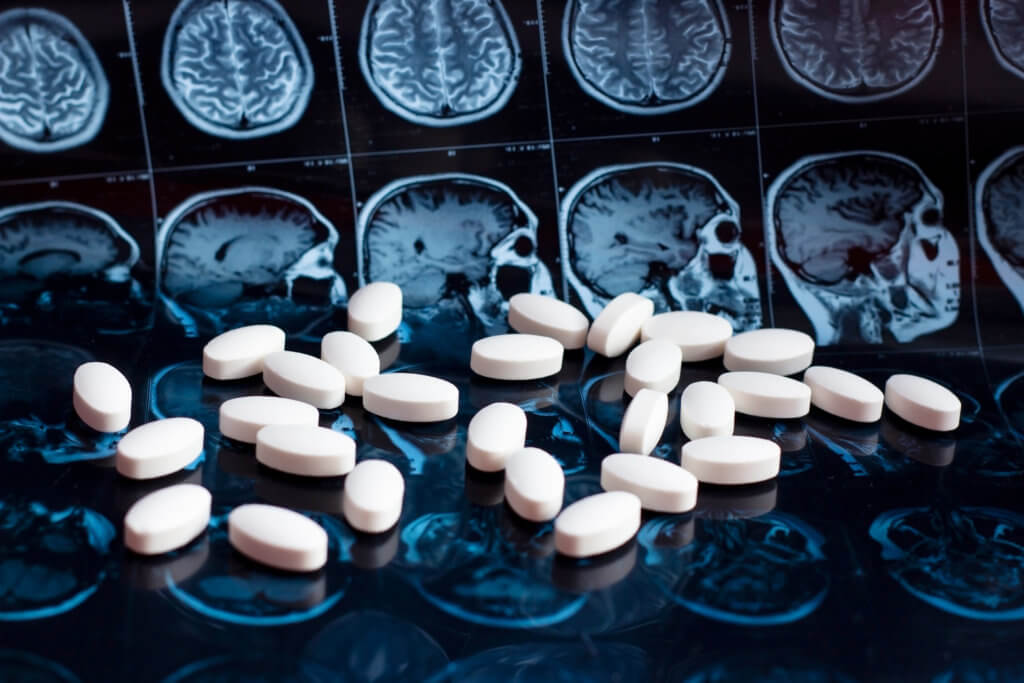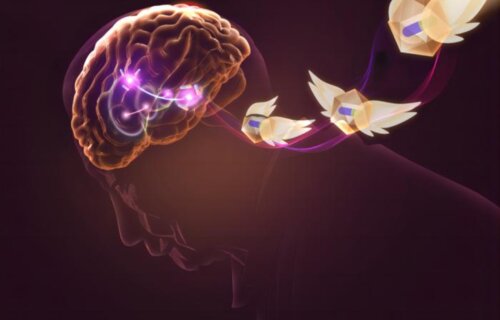BEIJING, China — Significant strides have been made in the treatment of Parkinson’s disease through the development of a gene therapy strategy. This approach developed by Chinese researchers selectively targets the circuitry affected by Parkinson’s disease, effectively reducing core motor symptoms in rodent and nonhuman primate subjects.
Parkinson’s disease, a common neurodegenerative condition predominantly affecting the elderly, is characterized by the loss of dopaminergic neurons in the midbrain. It afflicts over six million individuals worldwide.
According to the Michael J. Fox Foundation, three key symptoms of Parkinson’s include:
- Stiffness (rigidity): muscle stiffness detected by a doctor on examination.
- Slowness (bradykinesia): decrease in spontaneous and voluntary movement; may include slower walking, less arm swinging while walking, or decreased blinking or facial expression.
- Resting tremor: a rhythmic, involuntary shaking that occurs in a finger, hand or limb when it’s relaxed and disappears during voluntary movement.
The disease’s motor symptoms result from imbalances in two types of medium spiny neurons: dopamine receptor D1-expressing neurons (D1-MSN) and D2-expressing neurons (D2-MSN).
D1-MSNs, which make up the direct pathway, promote movement, while D2-MSNs, part of the indirect pathway, mediate movement inhibition. In Parkinson’s disease, dopamine depletion leads to reduced activity in the direct pathway and increased activity in the indirect pathway, causing motor symptoms like bradykinesia (slowness of movement), rigidity, and tremors.
The primary treatment for Parkinson’s disease, levodopa (L-Dopa), helps restore dopamine function but is associated with long-term motor complications. Therefore, researchers sought a more precise and stable approach, according to a media release.

The team from the Chinese Academy of Sciences (CAS) explored the possibility of selectively targeting D1-MSNs, the neurons promoting movement, by introducing neuronal activity-regulating elements. They achieved this by using a highly efficient retrograde adeno-associated virus (AAV) called AAV8R12 to label D1-MSNs and a new promoter, G88P2/3/7, with strong D1-MSN activity. This gene therapy strategy involved introducing a chemogenetic effector called rM3Ds, which matched systemic administration of an activation drug, to specifically activate D1-MSNs and stimulate the direct pathway.
In primate models with Parkinson’s disease, this circuit-specific approach led to significant improvements in motor symptoms. Bradykinesia was markedly reduced, tremors were completely eliminated, and motor skills were restored. Unlike L-Dopa treatment, which nonspecifically activates the dopamine system, this gene therapy precisely manipulates the D1-MSN-mediated direct pathway.
Furthermore, this gene therapy demonstrated a faster onset and longer duration of action compared to L-Dopa. The alleviation of symptoms persisted for over 24 hours following a single drug administration, compared to the typical six-hour window for L-Dopa. Importantly, motor complications such as dyskinesia, often seen with L-Dopa treatment, were absent after the gene therapy, even over an extended period exceeding eight months.
Beyond its potential to treat Parkinson’s disease, this circuit-manipulating gene therapy opens doors for the development of targeted therapeutic strategies for other brain disorders.
The study is published in the journal Cell.

